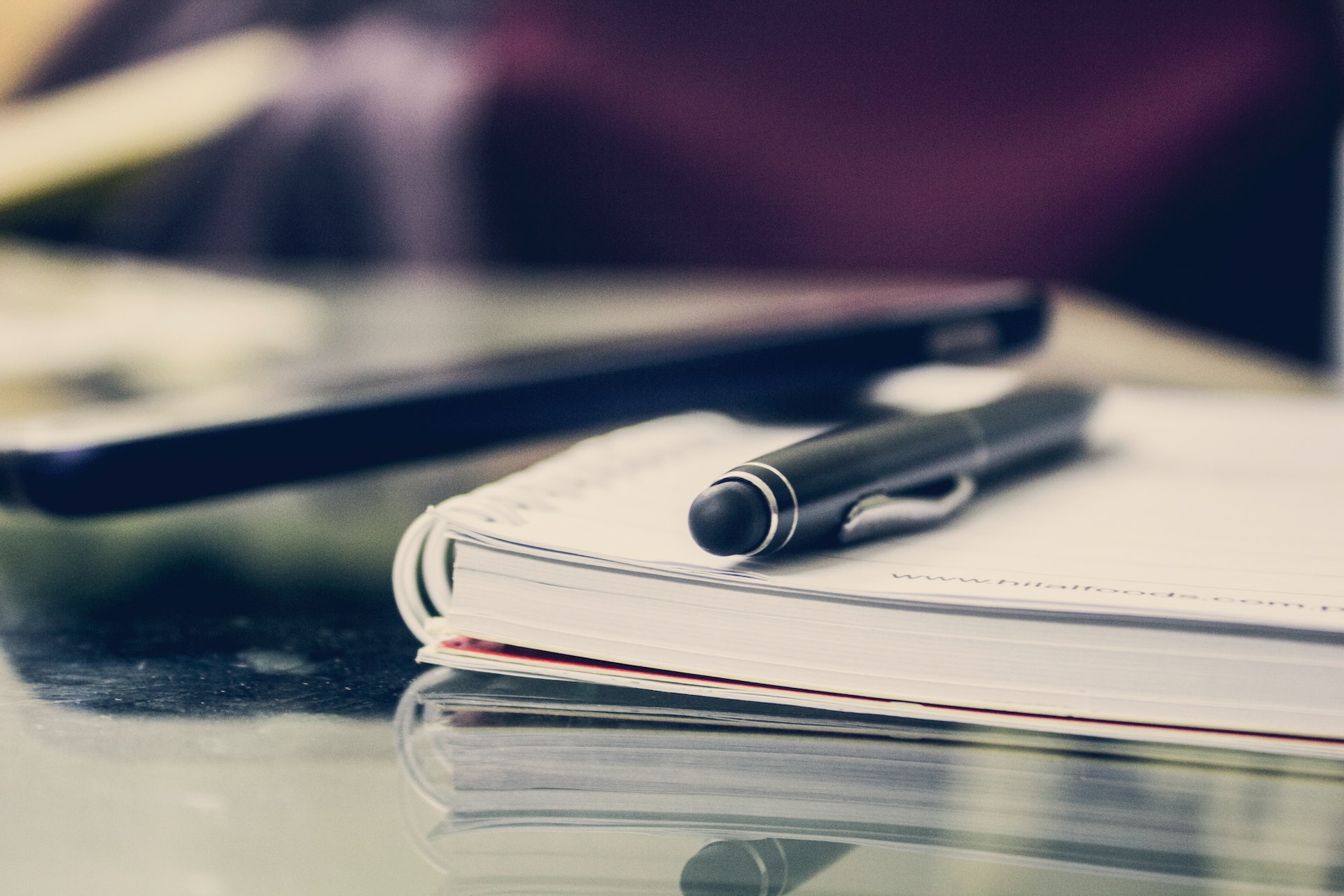INTRODUCTION
A formal letter is a type of written communication used in professional settings to convey information, request action or provide instructions. They are often used in business, academic, and government contexts. Formal letters are typically written in a serious and professional tone and follow a specific format.
How to Recognize a Formal Letter?
To recognize a formal letter, there are a few key elements to look for:
1. The Format
Formal letters typically follow a specific format, including the sender’s address, date, recipient’s address, salutation, body paragraphs, closing, and signature.
2. The Language
Formal letters use formal language, including proper grammar, spelling, and punctuation. They avoid contractions, slang, and informal expressions.
3. The Tone
Formal letters have a serious and professional tone. They avoid humour or personal anecdotes and focus on conveying important information or making a request.
HOW TO PREPARE FOR EXAMS?
You should consider the following instructions to prepare for using formal letters in English to get maximum marks in your exam.
1. Familiarize yourself with the format
The format of a formal letter is an essential aspect of its effectiveness. It would help to familiarise yourself with the design by studying examples and practising writing formal letters. Pay close attention to each element’s spacing, margins, and placement.
2. Practice writing
Writing formal letters is a skill that requires practice. Try to write formal letters regularly, using different scenarios and contexts. You can ask a teacher, tutor, or mentor to review your notes and provide feedback on areas for improvement.
3. Use proper language
Formal letters require appropriate vocabulary, grammar, spelling, and punctuation. Avoid using contractions, slang, or informal expressions. Use a formal and polite tone throughout the letter.
4. Clarity and organization
A well-organized and clear formal letter will be easier to read and understand. Use clear and concise language to convey your message, and organize your letter into clear sections or paragraphs. Use headings or bullet points to break up longer passages of text.
5. Proofread
Before submitting your formal letter, make sure to proofread it carefully. Check for spelling errors, typos, and grammatical mistakes. Ask a friend or family member to review your letter for additional feedback.
TRY TO STUDY YOURSELF
In addition to these strategies, studying formal letters in various contexts, such as business, government, and academic settings, may be helpful. You can also read sample letters online or in textbooks to better understand how to structure and write effective formal letters.
CONCLUSION
Formal letters are an essential form of communication in professional settings. Look for the format and language and to recognize a formal letter. To prepare for formal letters in English, familiarize yourself with the design, practice writing, use proper language, focus on clarity and organization, and proofread carefully. By following these strategies, you can increase your chances of getting maximum marks on your exam.

